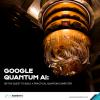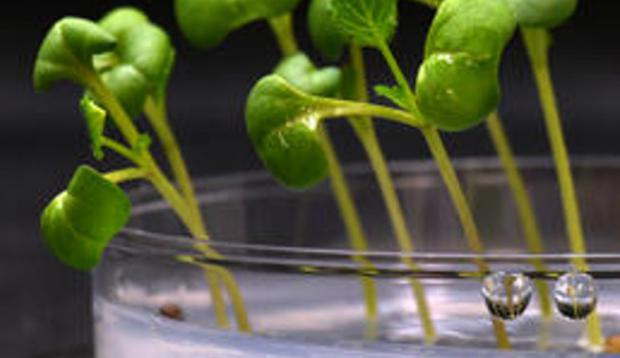
Breaking News
 BREAKING: Secret Study Conducted By Henry Ford Health Conclusively Proves...
BREAKING: Secret Study Conducted By Henry Ford Health Conclusively Proves...
Discovering Gems of Understanding
 Trump's Corporate Favor Factory
Trump's Corporate Favor Factory
 Google Quantum Supremacy And Artificial Intelligence
Google Quantum Supremacy And Artificial Intelligence
Top Tech News
 Graphene Dream Becomes a Reality as Miracle Material Enters Production for Better Chips, Batteries
Graphene Dream Becomes a Reality as Miracle Material Enters Production for Better Chips, Batteries
 Virtual Fencing May Allow Thousands More Cattle to Be Ranched on Land Rather Than in Barns
Virtual Fencing May Allow Thousands More Cattle to Be Ranched on Land Rather Than in Barns
 Prominent Personalities Sign Letter Seeking Ban On 'Development Of Superintelligence'
Prominent Personalities Sign Letter Seeking Ban On 'Development Of Superintelligence'
 Why 'Mirror Life' Is Causing Some Genetic Scientists To Freak Out
Why 'Mirror Life' Is Causing Some Genetic Scientists To Freak Out
 Retina e-paper promises screens 'visually indistinguishable from reality'
Retina e-paper promises screens 'visually indistinguishable from reality'
 Scientists baffled as interstellar visitor appears to reverse thrust before vanishing behind the sun
Scientists baffled as interstellar visitor appears to reverse thrust before vanishing behind the sun
 Future of Satellite of Direct to Cellphone
Future of Satellite of Direct to Cellphone
 Amazon goes nuclear with new modular reactor plant
Amazon goes nuclear with new modular reactor plant
 China Is Making 800-Mile EV Batteries. Here's Why America Can't Have Them
China Is Making 800-Mile EV Batteries. Here's Why America Can't Have Them
Artificial Photosynthesis Can Produce More Food in the Dark Than With Sunshine

Photosynthesis has evolved in plants for millions of years to turn water, carbon dioxide, and the energy from sunlight into plant biomass and the foods we eat.
This process, however, is very inefficient, with only about 1% of the energy found in sunlight ending up in the plant.
Scientists at UC Riverside and the University of Delaware have found a way to bypass the need for biological photosynthesis altogether and create food independent of sunlight by using artificial photosynthesis.
Plants growing in an electrolyzed medium containing acetate that replaces natural photosynthesis

 China Innovates: Transforming Sand into Paper
China Innovates: Transforming Sand into Paper

